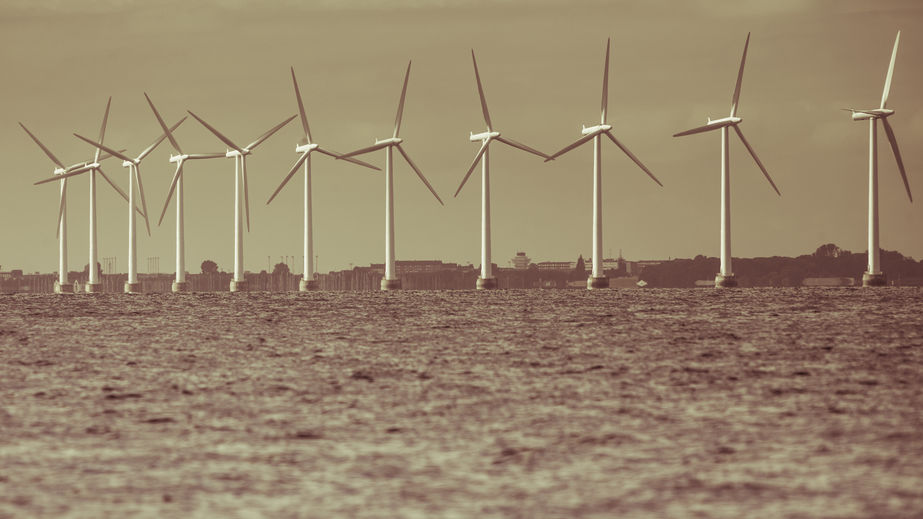Ambitious plans by the ruling political class, in league with well-connected purveyors of renewable energy, to erect industrial-scale wind-power facilities off the coasts of the United States are running into the harsh commercial realities of an unfavorable economic environment.
The Biden administration’s lofty goal of having 30 gigawatts of offshore wind “capacity” by 2030, from less than 50 megawatts today, is looking increasingly like a bridge too far, despite mammoth subsidies contained in last year’s ill-named Inflation Reduction Act (IRA). The IRA’s goodies for wind developers, coupled with a federal regulatory bureaucracy eager to greenlight offshore wind projects – no matter what the risk posed to marine life – created a temptation the climate cartel could not resist.
One of the climate cartel’s most prominent members is Orsted, a Danish company that – in keeping with the times – transformed itself from an oil and gas producer to the world’s largest offshore wind-power developer. Orsted set its sights on wind projects off the coasts of Connecticut, New York, and New Jersey – bagging contracts in 2018 and 2019 – well before the enactment of the IRA, whose generous subsidies made such projects even more enticing. What could go wrong?
Just about everything.
“Offshore wind projects are becoming a prime casualty of the shift in financial markets away from the old world of smooth supply chains, low inflation, and free money,” The Wall Street Journal reported (Sept. 8). Inflation has driven up the cost of materials; rising interest rates have driven up the cost of borrowing; and permitting delays (not even friendly bureaucracies work efficiently) have combined to toss overboard Orsted’s once rosy calculations. Now, the company says that not even the IRA’s lavish tax breaks are enough to make its projects profitable. It wants U.S. taxpayers to fork over more money to keep the company’s dream alive. And if it does not get its way, it will abandon its U.S. projects altogether.
Orsted is not alone. The Journal pointed out two of its competitors, Shell and Avangrid, face multi-million-dollar fines for calling it quits on offshore wind farms in Massachusetts. The reason? Rising costs mean they cannot make a go of it. “There is trouble further up the supply chain, too,” the Journal added. “Siemens Gamesa and Vestas, which together make roughly 80% of all turbine blades and nacelles for projects outside China, are losing money.”
Not Living Up to Expectations
At first glance, offshore wind would appear to offer certain advantages. First and foremost, offshore wind blows with greater reliability than onshore wind. This makes them less inefficient than their onshore counterparts. But financing the construction and operation of hundreds of gigantic offshore wind turbines and transmitting the electricity they generate onshore where needed runs into real money.
Offshore wind projects take longer to build, have higher upfront costs (financed by borrowing), and have much higher maintenance costs than either onshore wind farms or solar arrays. Seaborne wind turbines frequently break down, and their power-generating efficiency starts declining the day they go into operation, with the decline accelerating each year. Replacing offshore wind turbines, which can soar over 700 feet above the ocean’s surface, is hugely expensive, and the costs are passed on to ratepayers. As more and more ocean-front communities sue to stop wind projects, developers find themselves saddled with the added expense of litigation.
Word is getting out that there may not be a pot of gold at the end of this green rainbow. The Biden administration recently held an auction for leases in the Gulf of Mexico, and wind-power developers were invited to submit bids. The auction came and went, without any bids being submitted.
